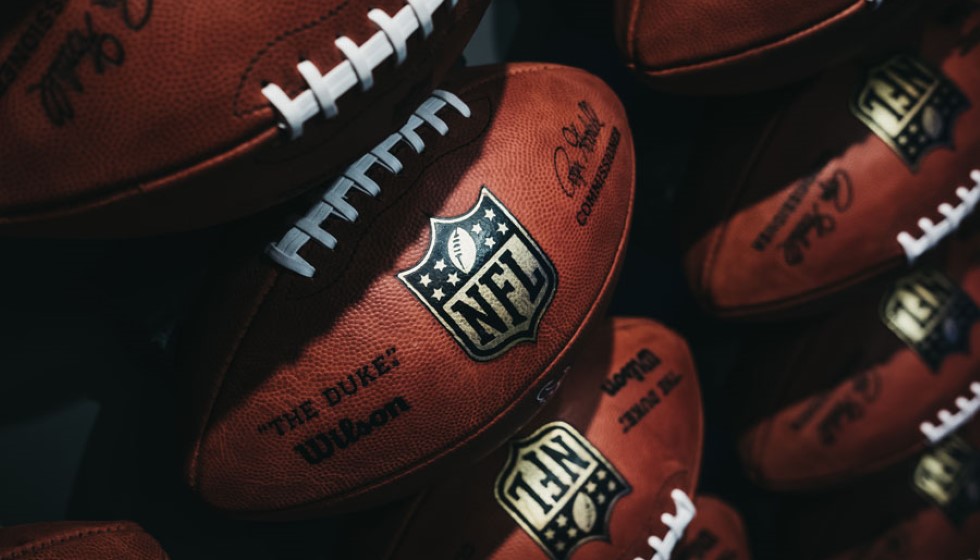
In a surprising turn of events this offseason, the New York Giants have decided to part ways with their star running back, Saquon Barkley. This strategic move has sent shockwaves through the NFL community, as Barkley has been a cornerstone of the Giants' offense since he was drafted as the second overall pick in the 2018 NFL Draft. The decision, however, was not made lightly.
The Move to Philadelphia
Saquon Barkley's departure from New York sees him heading to the Giants' NFC East rival, the Philadelphia Eagles. Barkley signed a three-year, $37.5 million deal with the Eagles, a move that not only bolsters Philadelphia's backfield but also reunites him with his close friend, Eagles wide receiver A.J. Brown. Brown has been vocal in his support of integrating Barkley into the Eagles' offensive scheme, emphasizing the potential for a dynamic and explosive offensive unit.
Financial and Strategic Considerations
The Giants' decision, under the guidance of General Manager Joe Schoen, stemmed from a blend of financial and strategic considerations. "We've gotta upgrade the offensive line, and you're paying the guy [Giants quarterback Daniel Jones] $40 million. It's not to hand the ball off to a $12 million back," Schoen explained. The Giants are prioritizing investment in a robust offensive line to protect their high-paid quarterback, Daniel Jones, whose performance will be under close scrutiny over the next couple of seasons.
Joe Schoen reiterated the broader vision for the team: "This is the year for Daniel. The plan all along was to give him a couple of years." The franchise is committed to evaluating whether Jones can be "our guy for the next 10 years" or if the team will need "to pivot and find someone else." This strategy underscores the critical need to maximize the team's resources in areas that will provide the most substantial return on investment.
Strengthening the Offensive Line
The Giants have made no secret of their intention to fortify their offensive line. The focus on upgrading this crucial area of the team is seen as essential not only for protecting Daniel Jones but also for providing the offense with the stability and protection it needs to flourish. This approach is a clear pivot from the previous seasons where the offensive line often underwhelmed, contributing to inconsistent offensive performances.
By reallocating resources away from a high-priced running back to enhance the offensive line, the Giants hope to create a more balanced and efficient offensive unit. The shift in strategy is designed to optimize their investment in Jones and build a foundation capable of supporting sustained success over the coming years.
Implications for the Franchise
Barkley's release marks a significant moment for the Giants, a franchise that has struggled to find consistent success in recent years. While Barkley's dynamic playmaking ability will surely be missed, the decision reflects a broader, methodical approach to team building under Joe Schoen's leadership. The Giants aim to cultivate a team structure geared towards long-term stability and competitive performance.
For the Eagles, the acquisition of Barkley represents a notable enhancement to their offensive capabilities. The synergy between Barkley and A.J. Brown is anticipated to add a new dimension to the Eagles' attack, making them an even more formidable opponent in the NFC East and beyond. As both teams gear up for the upcoming season, this high-profile move will be one to watch.
The NFL offseason is always a period of significant change and adaptation, and the Giants' release of Saquon Barkley is a prime example of the difficult decisions teams must make in pursuit of organizational goals. As the Giants seek to solidify their offensive line and prepare for a pivotal evaluation of their quarterback, the ramifications of this move will resonate throughout the league.